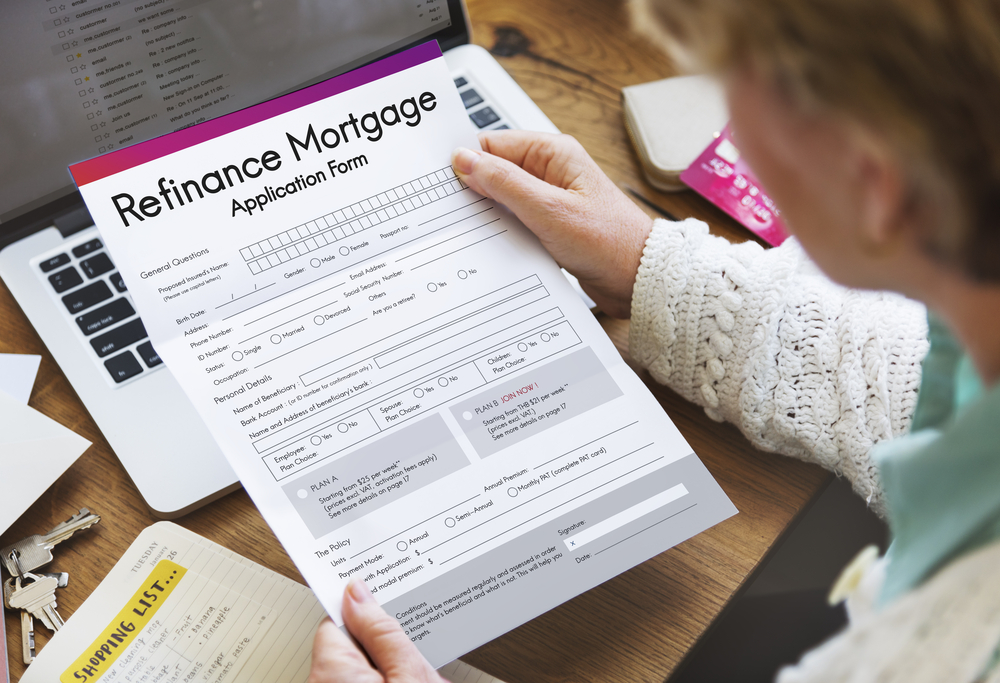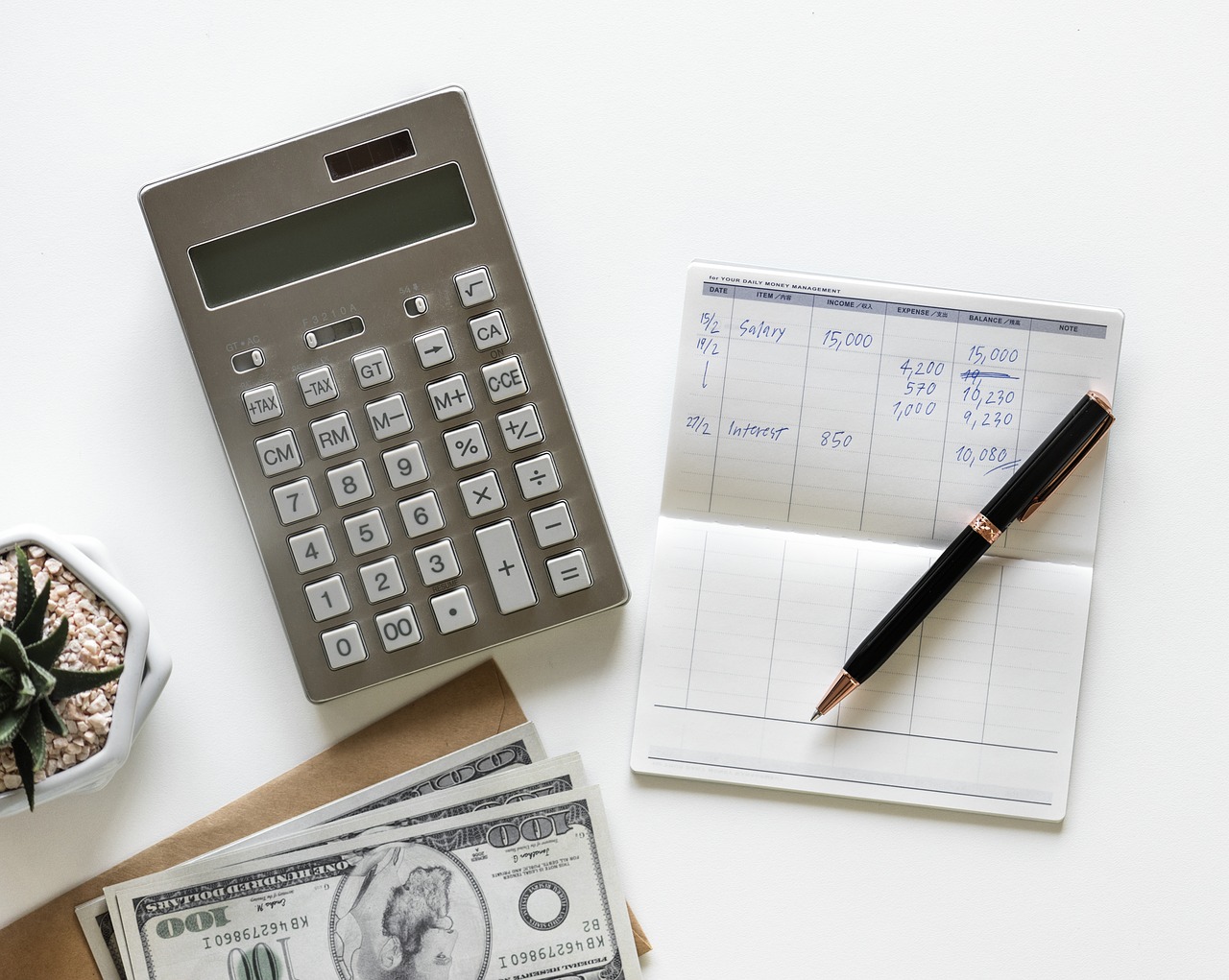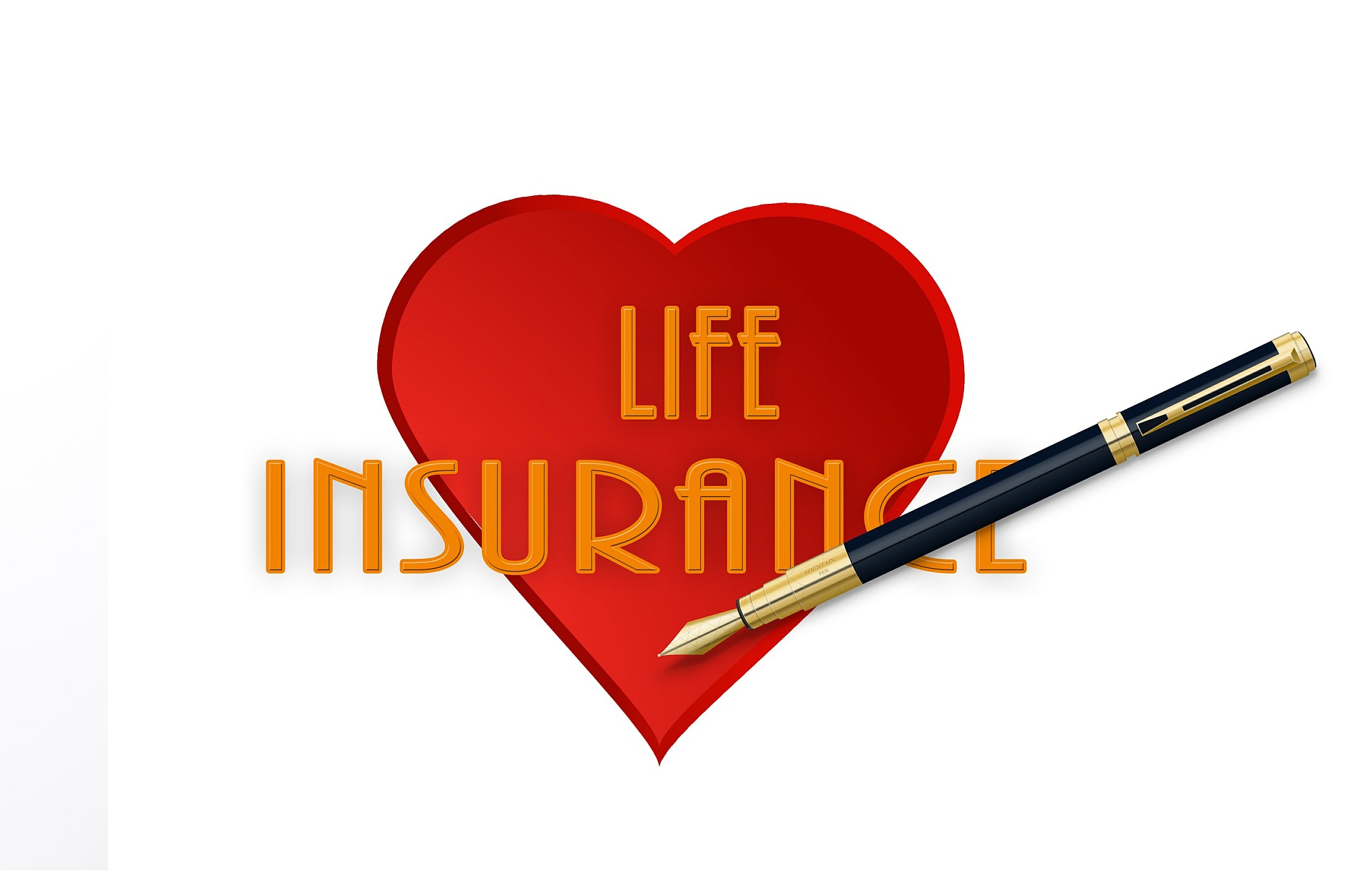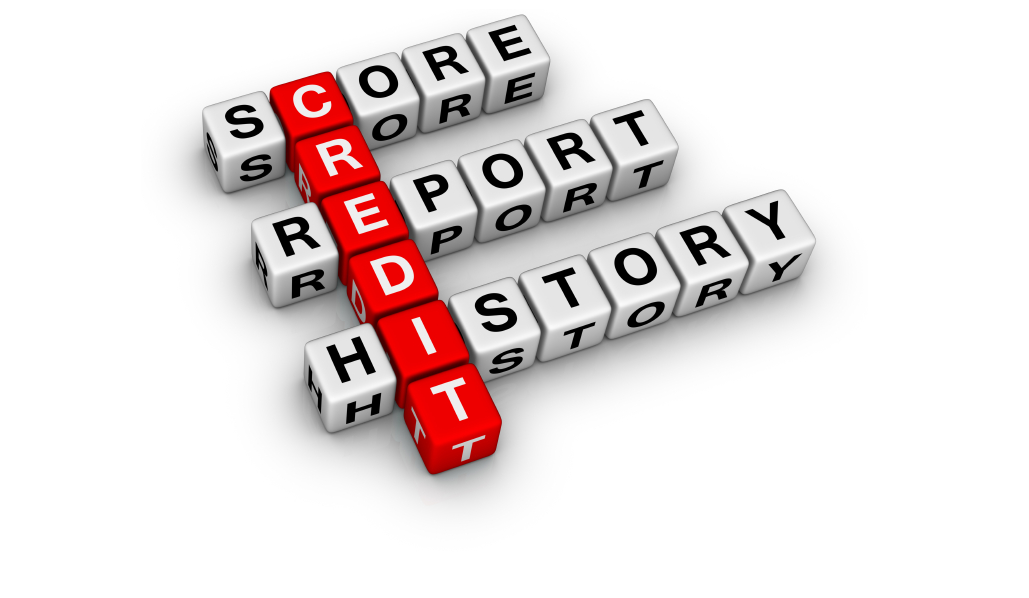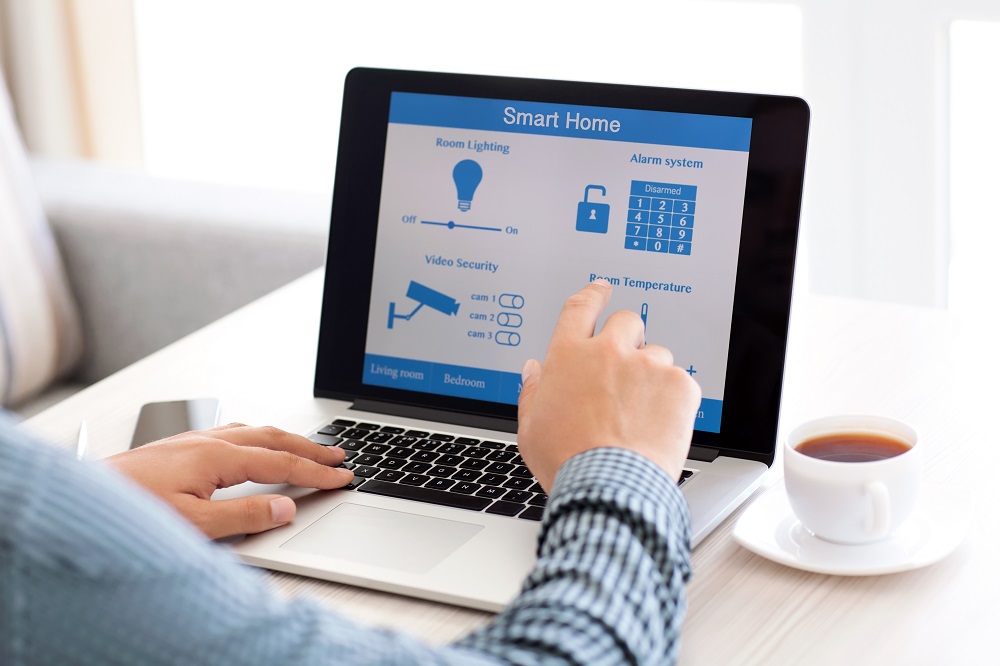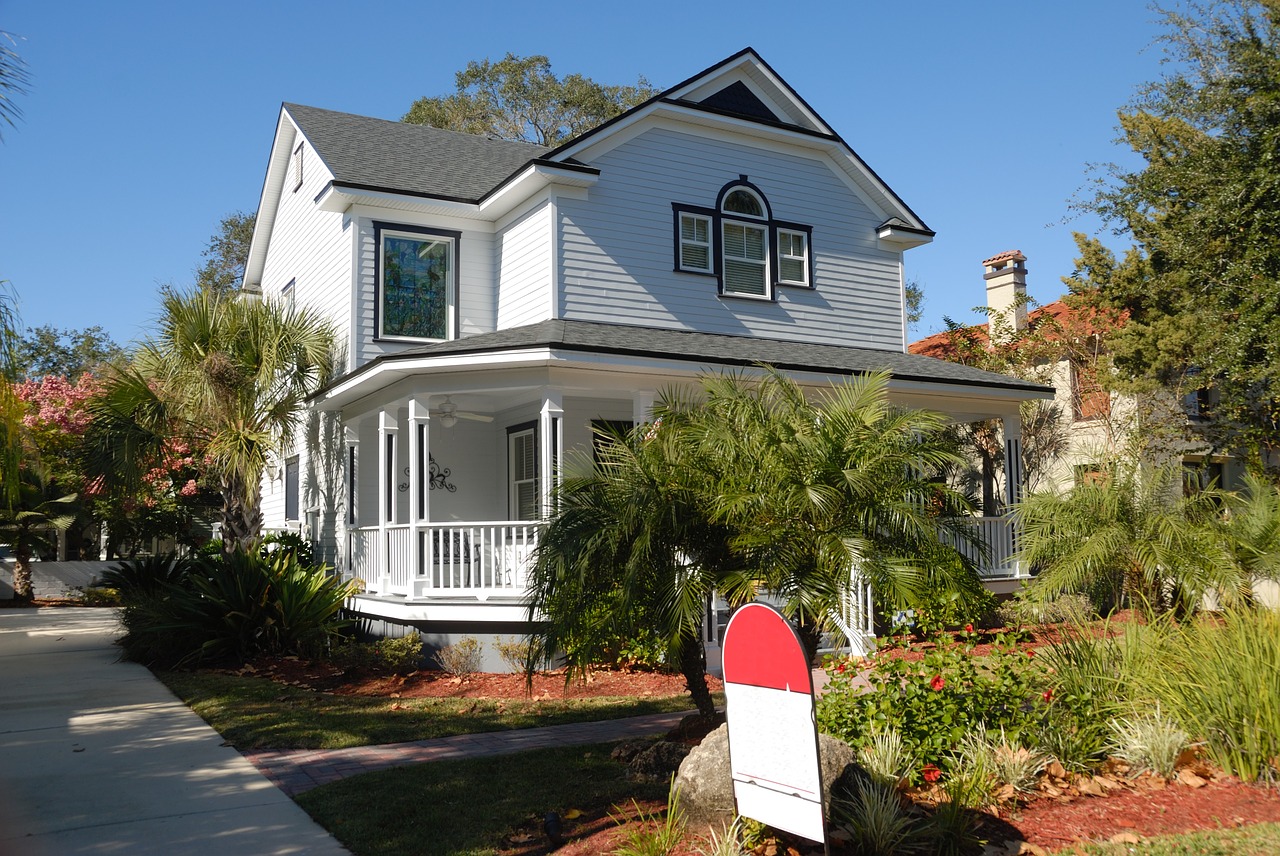Cash-out mortgage refinancing: How it works and when it’s the right option
What is cash-out refinancing? Cash-out refinancing replaces your current home loan with a new mortgage that’s higher than your outstanding loan balance. It allows you to take advantage of equity you’ve built up in your home by withdrawing the difference between the two mortgages in cash. Then, you can put the money toward home remodeling, consolidating high-interest debt or other financial goals.
 How a cash-out refinance works
How a cash-out refinance works
When you refinance a mortgage, you simply replace the existing loan with a new one for the same amount, usually at a lower interest rate or for a shorter loan term, or both.
Cash-out refinancing, however, is different, because you’re withdrawing a portion of your home equity in a lump sum. You’ll pay more in interest after completing a cash-out refinance because you’re increasing the loan amount.
Example of how a cash-out refinance works
Say you still owe $100,000 on your home and it’s now worth $300,000. Let’s assume that refinancing your current mortgage means you can get a lower interest rate, and you’ll use the cash to renovate your kitchen and bathrooms.
Lenders generally require you to maintain at least 20 percent equity — in this case, at least $60,000 —in your home after a cash-out refinance, so you’d be able to withdraw up to $140,000 in cash.
Pros of a cash-out refinance
There are many advantages to cash-out refinancing over other types of loan products if you need a large sum of money. Here are some common reasons to use a cash-out refinance:
- Get a lower interest rate on your mortgage – This is the most common reason why most people do a traditional refinance, and it makes sense for cash-out refinancing, too, because you’ll be taking on a larger loan.
- Make value-added home improvements or repairs to your home – Homeowners who use cash-out refis for these types of projects can deduct the mortgage interest from their taxes if these projects substantially increase the home’s value. Also, tapping your home’s equity could be less expensive than other forms of financing, such as personal loans or credit cards.
- Consolidate and pay off high-interest debt – This move might make financial sense, but make sure the math checks out, says Greg McBride, CFA, Bankrate’s chief financial analyst. “Cash-out refinancing is beneficial if you can reduce the interest rate on your primary mortgage and make good use of the funds you take out,” McBride says.
- Help pay a child’s college tuition – If your child needs help paying for college, using your home’s equity to make up the shortfall can be a smart move if student loan rates are higher than the rate on your new mortgage.
Cons of a cash-out refinance
Cash-out refinancing isn’t always the best move for every situation. Here are some reasons to avoid a cash-out refinance:
- Increases the interest rate of your existing mortgage – A general rule of thumb is to refinance to improve your financial situation and get a lower rate. If cash-out refinancing hikes your rate significantly, it may not be a wise move.
- Reestablishes private mortgage insurance, or PMI – Some lenders let you withdraw up to 90 percent of your home’s equity, but doing so might mean paying PMI until you’re back below the 80 percent equity threshold. That can add to your overall borrowing costs.
- Drags out the repayment of an existing debt for decades – If you’re using a cash-out refinance to consolidate debt, make sure you’re not prolonging debt repayment over decades when you could have paid it off much sooner and at a lower total cost otherwise. “Keep in mind that the repayment on whatever cash you take out is being spread over 30 years, so paying off higher-cost credit card debt with a cash-out refinance may not yield the savings you’re thinking,” McBride says. “Using the cash out for home improvements is a more prudent use.”
- Heightens risk of losing your home – No matter how you use a cash-out refinance, failing to repay the loan means you could wind up losing it to foreclosure. Don’t take out more cash than you absolutely need, and ensure you’re using it for a purpose that will ultimately improve your finances instead of worsening your situation.
- Tempts you to use your home as a piggy bank – Tapping your home’s equity to pay for lavish vacations or purchases indicates a lack of discipline over your spending habits. If you’re struggling with getting your debt or spending habits under control, consider seeking help through a nonprofit credit counseling agency.
How much money can I get from a cash-out refinance?
While lenders typically allow homeowners to borrow up to 80 percent of the home’s value, the threshold can vary depending on your credit score and type of mortgage.
Lenders who offer loans insured by the Federal Housing Administration, or FHA, sometimes offer a cash-out refi option for FHA loans that allow you to borrow as much as 85 percent of the value of the home. In addition, cash-out refi loans guaranteed by the U.S. Department of Veterans Affairs are available for up to 100 percent of the home’s value.
What can you use the money for?
You can use the money from a cash-out refinance for any purpose. Most homeowners use the proceeds for the following reasons:
- Home improvement projects – Some ideas include remodeling the kitchen or bathrooms or updating appliances and furnishings.
- Investment purposes – Cash-out refis offer homeowners access to capital to help build their retirement savings or purchase an investment property.
- Consolidate high-interest debt – Refinance rates tend to be lower compared to other forms of debt like credit cards. The proceeds allow you to pay these debts off and pay the loan back with one, lower-cost monthly payment instead.
- Child’s college education – College is expensive, so tapping into home equity can make sense if the interest rate is much lower than the rate for a student loan.
What are the fees for cash-out refinancing?
Expect to pay about 3 percent to 5 percent of the new loan amount for closing costs to do a cash-out refinance. Your closing costs can include lender origination fees and an appraisal fee to assess the home’s current value. Shop around with multiple lenders to ensure you’re getting the most competitive rates and terms.
You might be able to roll the loan costs into your new mortgage to avoid upfront closing costs, but you’ll likely pay a higher interest rate. Plus, taking out another 30-year loan or refinancing at a higher interest rate might mean you pay more in total interest. Crunch the numbers to make sure the math works in your favor.
Cash-out refinancing and your taxes
A cash-out refinance might be eligible for mortgage interest tax deductions, so long as you’re using the money to improve your property. Eligible projects include things like:
- Adding a swimming pool or hot tub to your backyard
- Constructing a new bedroom or bathroom
- Erecting a fence around your home
- Enhancing your roof to make it more effective in protecting against the elements
- Replacing windows with storm windows
- Setting up a central air conditioning or heating system
- Installing a home security system
In general, the improvements should add value to your home or make it more accessible in order to qualify.
Alternatives to cash-out refinancing
While you compare cash-out refinance lenders and offers, consider these other options, too, that could be better suited to your needs:
HELOC
A home equity line of credit, or HELOC, allows you to borrow money when you need to with a revolving line of credit, similar to a credit card. This can be useful if you need the money over a few years for a renovation project spread out over time. HELOC interest rates are variable and change with the prime rate.
Home equity loan
A home equity loan is a second mortgage that provides you with a lump sum. It’s different from a cash-out refi in that it doesn’t change the terms of your first mortgage. The interest rate is fixed, which can help you budget for another monthly payment more easily.
Personal loan
A personal loan is a shorter-term loan that provides funds for virtually any purpose. Personal loan interest rates vary widely and can depend on your credit, but the money borrowed is typically repaid with a monthly payment, like a mortgage.
Reverse mortgage
A reverse mortgage allows homeowners aged 62 and up to withdraw cash from their homes, and the balance does not have to be repaid as long as the borrower lives in and maintains the home and pays their property taxes and homeowners insurance.
Bottom line
Do the math carefully to ensure that a cash-out refinance is the right avenue for your financial needs. Remember that you’re putting your house on the line as collateral, which means you could lose it if you fail to repay the new mortgage. Tapping your home equity isn’t a decision to make lightly, but doing so can offer you a strategic way to improve your overall financial picture.
This article was originally published on Bankrate.com


